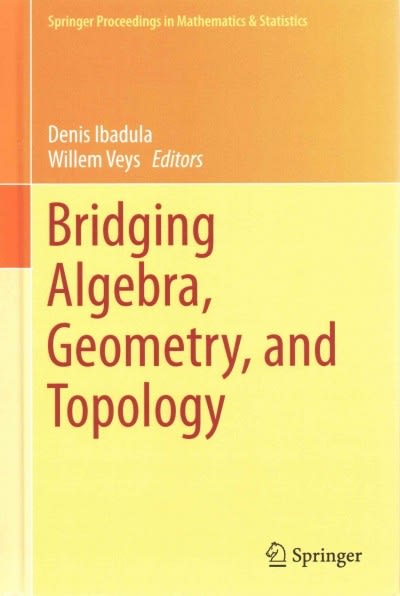Answered step by step
Verified Expert Solution
Question
1 Approved Answer
Entered Answer Preview Result -k*(y-a) -k(y - a) correct 1 1 correct (1-a)*[en(-k*t)]+a (1 - a)ekta correct incorrect At least one of the answers above


Step by Step Solution
There are 3 Steps involved in it
Step: 1

Get Instant Access to Expert-Tailored Solutions
See step-by-step solutions with expert insights and AI powered tools for academic success
Step: 2

Step: 3

Ace Your Homework with AI
Get the answers you need in no time with our AI-driven, step-by-step assistance
Get Started


